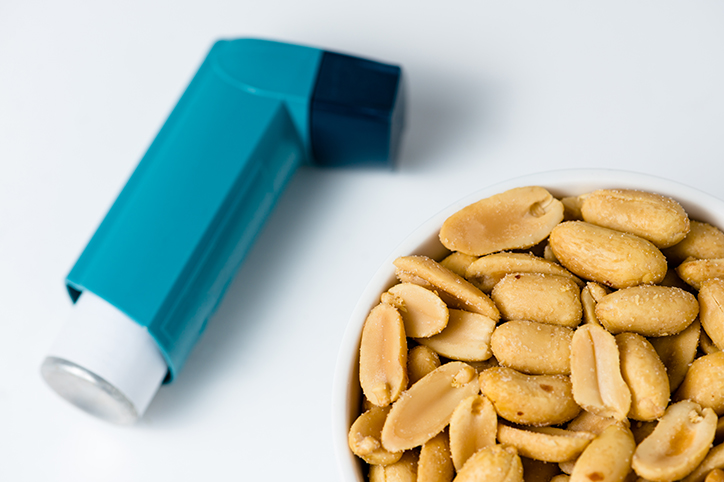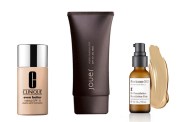As a person with a life-threatening food allergy, I know first-hand just how scary it can be knowing that accidental exposure to certain foods can literally kill me. Because of this allergy, I have to be very careful about where I eat in public, always carry an EpiPen, and have an emergency plan in place in the horrible event that I experience anaphylaxis. So, when I heard about the recent move by the FDA to clear the hurdles toward approving a peanut allergy treatment for kids and teens, I was pretty happy.
Of all food-related allergies, an allergic reaction to peanuts is among the most common and affects an estimated 3 million kids, which equals roughly 2.5% of the population. What’s more, peanut allergies are becoming more and more common. In a recent study of babies under the age of one and between the years 2001 and 2017, researchers saw a staggering three-fold increase of allergy rates.
Currently, there are few options for patients, aside from treating emergency symptoms and avoiding the allergen, to begin with. But when you consider how many different products have peanuts in them, exposure to trace amounts of peanuts – which is enough to trigger anaphylaxis in many kids – becomes mind-blowing and terrifying.
5 Signs Your Baby Has a Food Allergy
When a who is person allergic to peanuts is exposed to the peanut protein, they typically have one of two responses; either a mild or a severe reaction. In a mild reaction, the patient can take an anti-histamine to keep full body hives at bay and to prevent worsening symptoms. But for many kids, a severe allergic reaction will often mean anaphylaxis which is when blood pressure suddenly drops making the person dizzy and possibly faint, breathing becomes inhibited to the point of emergency, and inflammation in the form of extreme hives can show up covering huge parts of the body. With the use of an EpiPen, a patient can buy enough time to get to an emergency room where he or she will be treated with steroids to stop the inflammation that can restrict airways and possibly result in death.
Scary stuff.
If the new drug called Palforzia is approved then it will usher in a new option for kids and parents. The way the drug works, according to CNN is basically by giving kids a controlled repeated exposure to the peanut protein, giving kids’ bodies the opportunity to reach a maintenance level of tolerance. The drug comes in powder form and parents would mix it into safe foods like apple sauce or yogurt.
I Developed A Life-Threatening Nut Allergy in My 30s
CNN reported that “A phase 3 trial submitted as evidence in favor of the drug by the manufacturers found that 2/3 of children were able to eat the equivalent of 2 peanuts without any allergic symptoms after the course of treatment. Patients may be required to take the therapy for six months or longer.”
It is important to note that the idea behind this new drug comes from a method of treatment that already exists called “oral immunotherapy” in which patients who have allergies to things like grass and pollen are given repeated exposure to the allergen in order to develop a manageable tolerance. Performing this type of exposure with a food allergy like peanuts is considered experimental, however, the results from testing and research are widely considered to be encouraging, positive results.
The FDA is expected to give approval for Palforzia as soon as January. We’ll update readers with more as this story develops.








